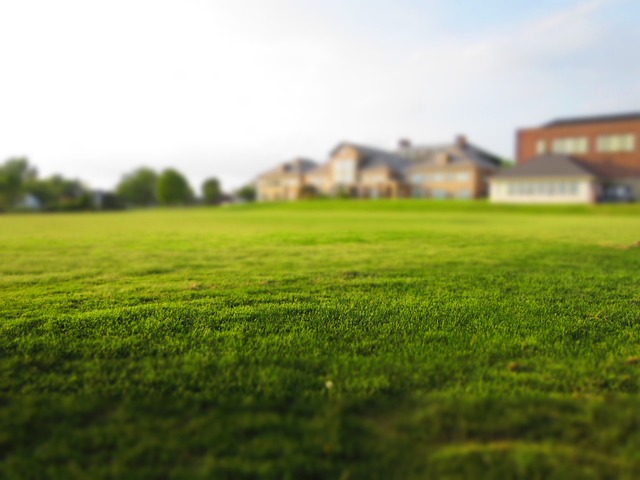Tree trimming is an essential practice for maintaining tree health and safety, as well as ensuring public safety by preventing disease and enhancing structural integrity. Pruning, a key part of this practice, involves carefully cutting branches to improve light and air circulation within the tree canopy. This proactive maintenance, performed by skilled professionals, helps prevent risks like branch breakage and supports the productivity of orchards. Additionally, managing the yard waste generated from tree trimming is crucial for environmental stewardship. Yard waste removal and recycling services are vital in this process, not only clearing debris but also promoting sustainability by converting organic materials into compost, which enriches soil and diverts waste from landfills. These services contribute to a greener environment and ecological balance. Furthermore, they support local gardens and landscaping with the recycled wood chips and compost, making yard waste removal and recycling a sustainable and beneficial choice for homeowners looking to maintain their properties while being environmentally responsible.
Tree trimming and yard debris removal are integral practices for maintaining healthy treescapes and ensuring community safety. This article delves into the essentials of regular tree maintenance, emphasizing the role it plays in sustaining tree vitality and preventing potential hazards. We’ll explore how to identify when branches need attention, the best timing for trimming to safeguard against environmental extremes, and the correct techniques to minimize harm to trees during the process. Beyond the trim, we’ll discuss efficient yard waste removal and recycling practices, highlighting the importance of composting and mulching for repurposing debris. From local collection services to community programs, we’ll cover a spectrum of options available for responsible disposal, including how to manage hazardous materials from tree care. By understanding these processes, homeowners can contribute to environmental stewardship while ensuring their trees remain resilient and beautiful.
Understanding the Necessity of Regular Tree Trimming for Tree Health and Safety

Regular tree trimming is a critical practice for maintaining the health and safety of trees within both residential and public landscapes. This process, also known as pruning, involves carefully removing specific branches to prevent disease, improve tree structure, enhance light and air penetration, and ensure safe conditions for people and property. Properly executed tree trimming by professionals can mitigate potential hazards such as branch failure, which can be caused by excess weight or structural weakness due to pests or diseases. It also promotes the growth of fruit-bearing trees and enhances the overall aesthetics of the trees.
Yard waste removal and recycling play a crucial role in managing the byproducts of tree trimming. The debris, which includes branches, leaves, and wood chips, can be substantial after pruning or following a storm. Effective yard waste disposal not only cleans up the environment but also contributes to environmental sustainability. Many communities offer yard waste collection services that compost organic materials, transforming them into nutrient-rich soil amendments that support horticultural endeavors and reduce landfill use. This process not only aids in maintaining ecological balance but also provides residents with an eco-friendly method of debris removal from their properties.

Maintaining a well-groomed landscape requires regular tree trimming to ensure the health and safety of both the trees and those who enjoy their presence. As part of this maintenance, yard waste removal plays a pivotal role in maintaining the aesthetic appeal and functional aspects of your property. Professional tree trimming services not only enhance the visual charm of your outdoor spaces but also prevent potential hazards caused by overgrown branches that could damage structures or pose a risk during severe weather. After the trees have been expertly trimmed, the resulting debris, including branches, leaves, and other organic matter, must be efficiently managed. This is where yard waste removal becomes essential. Many tree service providers offer recycling options for this biodegradable material, converting it into compost or wood chips that can be repurposed for gardening or landscaping. These eco-friendly practices not only contribute to the health of the environment but also support sustainable waste management practices within the community. By opting for yard waste recycling, homeowners can rest assured that their tree trimming efforts are contributing to a greener planet while keeping their properties safe and attractive.
Effective tree maintenance, including strategic trimming, is a cornerstone of maintaining a thriving landscape. Regular upkeep not only promotes tree health and safety but also enhances property aesthetics and reduces the risk of storm-related damage. As discussed, yard waste removal and recycling play a pivotal role post-trimming, ensuring environmental sustainability and facilitating the reuse of organic matter. Homeowners and municipalities alike benefit from these practices, creating healthier ecosystems and more secure communities. By prioritizing tree care and responsible waste management, we can safeguard both our trees and the environment for generations to come.
